Size doesn’t always mean wealth when it comes to the world’s richest countries, according to data published in April by the International Monetary Fund.
Twice a year the IMF releases a huge dump of data about the economic power of the world’s nations, with gross domestic product (GDP) per capita a key statistic. The IMF ranks the world’s countries according to their GDP based on purchasing power parity (PPP) per capita.
The PPP takes into account the relative cost of living and the inflation rates of the countries to compare living standards among the different nations.
The small countries that dominate the top ten all have small populations compared to countries that lead the world purely in terms of GDP – such as the United States, China, or Germany.
Most of these small nations heavily depend on immigrant workers who often do not reside in the country they are working in or are not granted resident status, and are therefore not counted in the GDP per capita calculations.
We've included all the countries with a GDP per capita higher than $45,000 per year. Check them out below.
29. France — $45,473
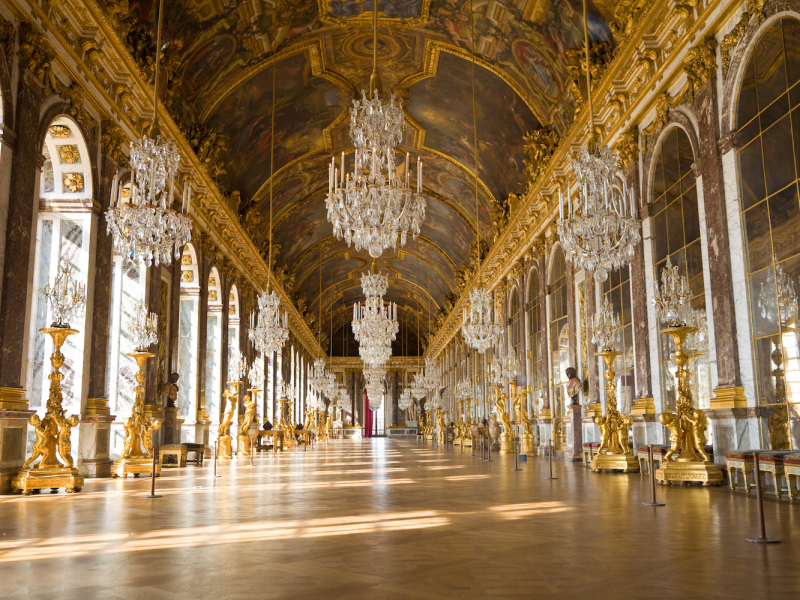
28. United Kingdom — $45,565
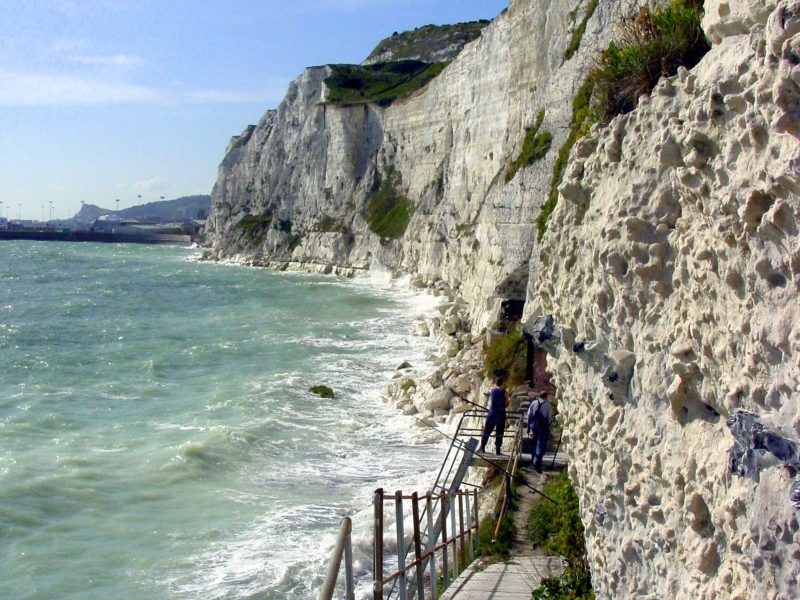
27. Oman — $45,723
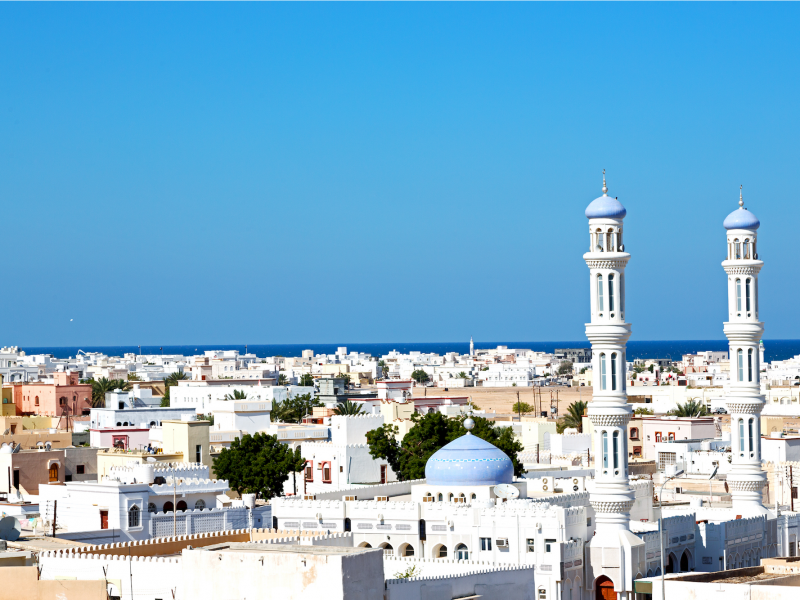
26. Finland — $46,342

25. Belgium — $48,258
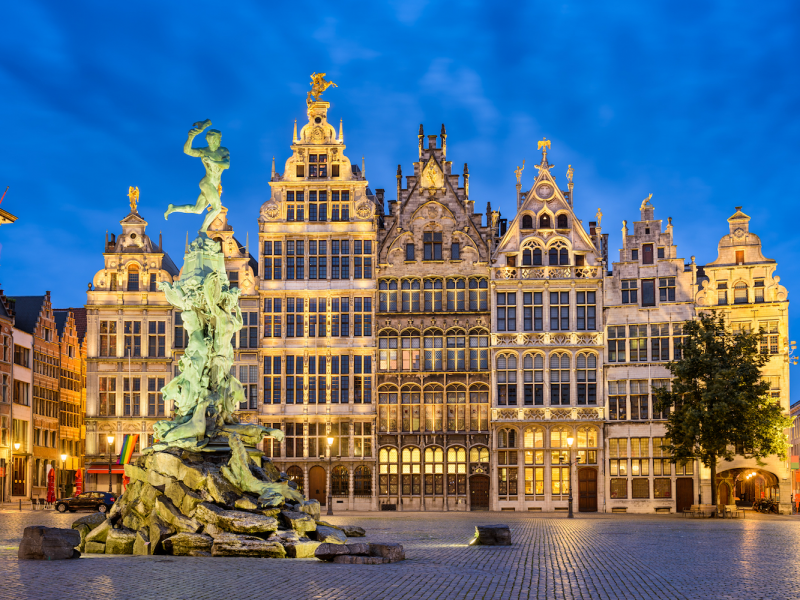
24. Canada — $49,775

23. Bahrain — $50,102

22. Denmark — $51,643

21. Austria — $51,936
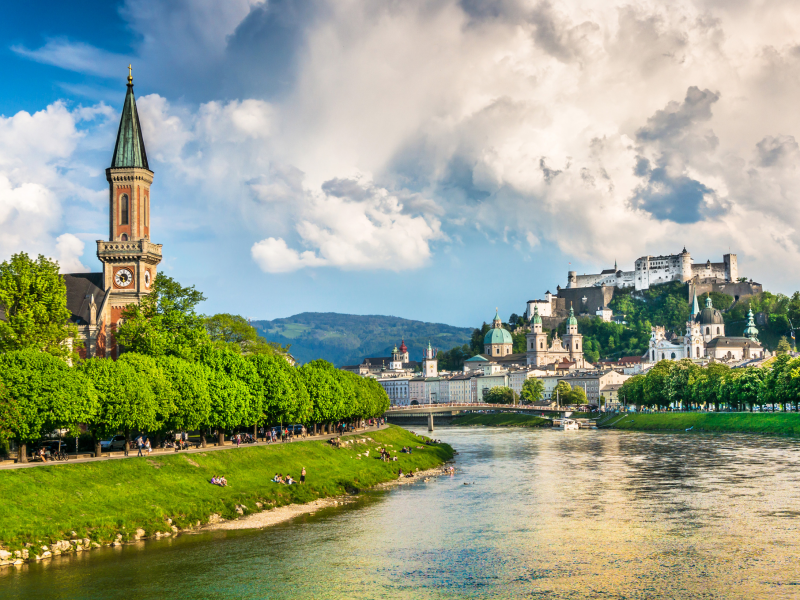
20. Australia — $52,190

19. Taiwan — $52,304

18. Germany — $52,801
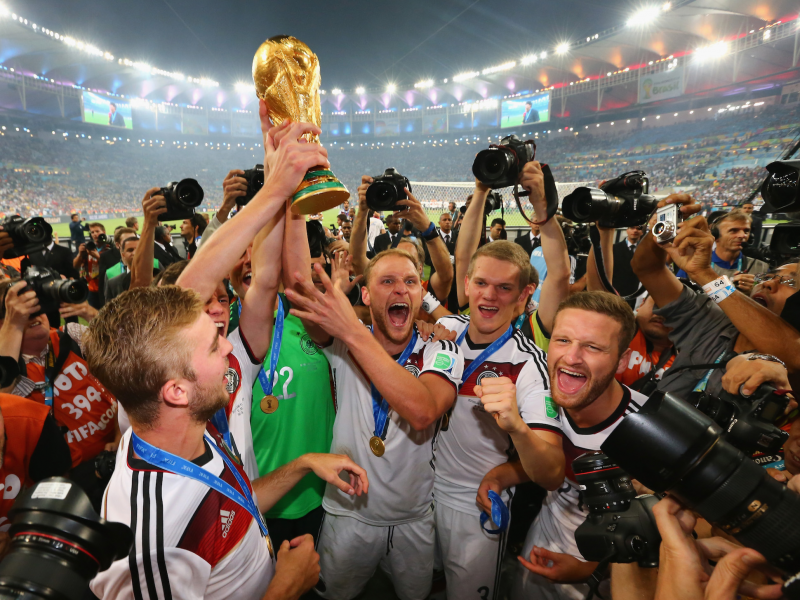
17. Sweden — $53,077

16. Iceland — $54,121

15. Saudi Arabia — $55,859

14. Netherlands — $56,435
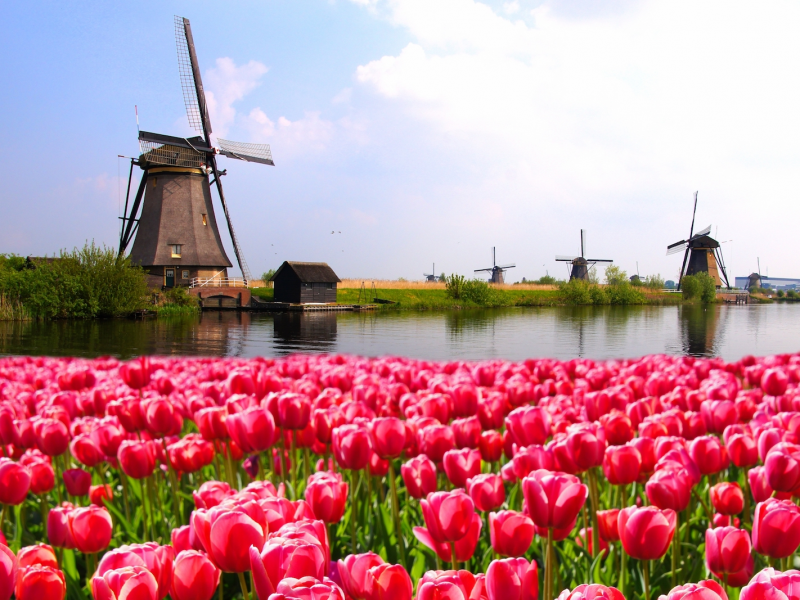
13. San Marino — $61,169

12. United States of America — $62,152

11. Switzerland — $63,379
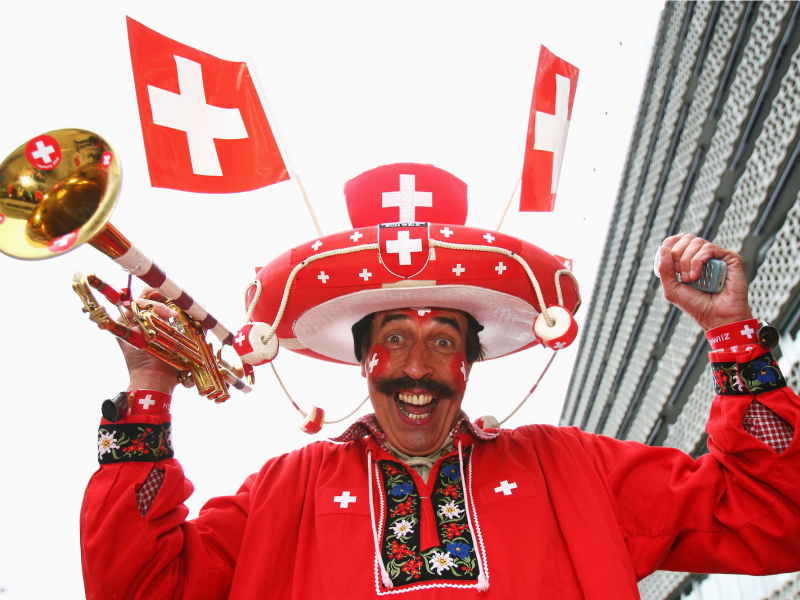
10. Hong Kong — $64,533

9. Kuwait — $66,673

8. United Arab Emirates — $68,662

7. Norway — $74,065

6. Brunei — $79,726
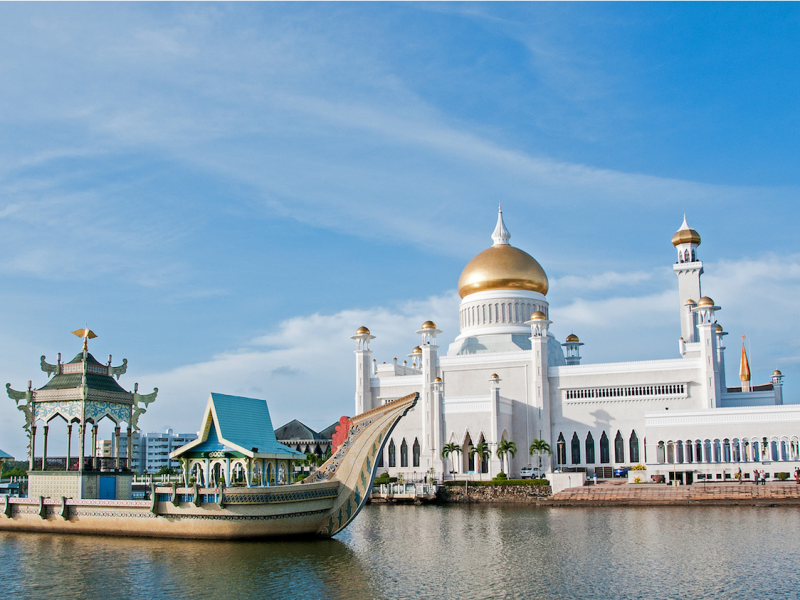
5. Ireland — $79,924

4. Singapore — $98,014
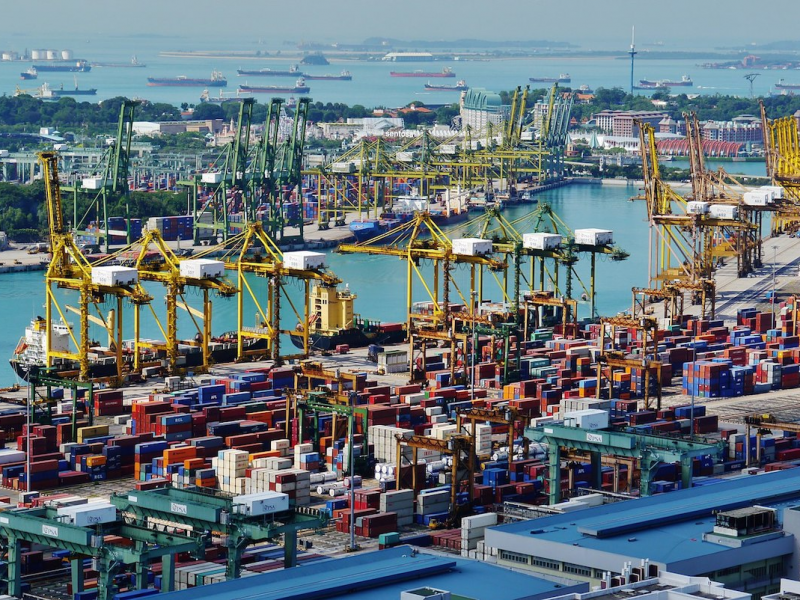
3. Luxembourg — $110,870

2. Macau — $122,489
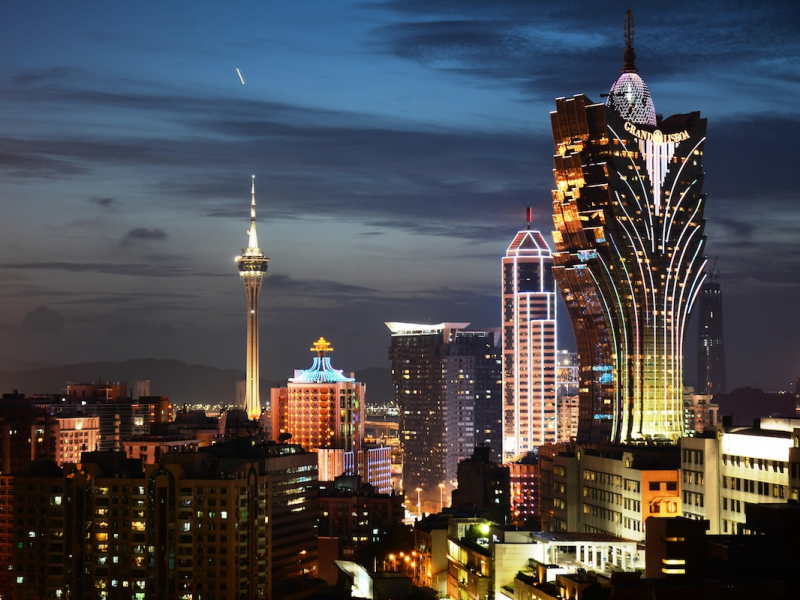
1. Qatar — $128,702


